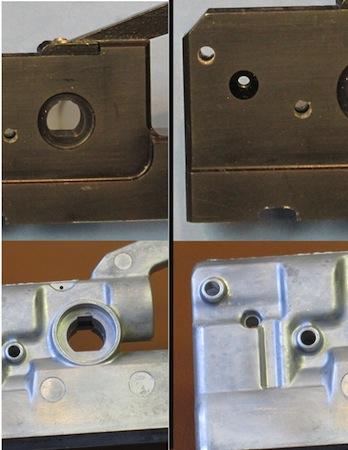Converting Machined Parts to Die Castings
August 6, 2012

Is your business currently using machined parts and looking to cut costs, improve design, and help the environment? If so, it may be time to make the conversion from machined parts to die casting. From the automotive field to medical applications, many industries choose die casting because it allows them to develop intricate designs that can be cast to their exact dimensions.
The die casting process offers many advantages that machined parts cannot. Die casting is accurate and detailed. It is a less expensive option due to rapid production rates and the fact that material is only utilized where it is needed and only as much as is required. It provides a good mix of mechanical properties, surface finish, and dimensional consistency, which provides a better product at a lower cost.

Not only is die casting a more reliable option, it offers a significant opportunity for cost savings. These savings could be 80 percent or more compared to typical machining costs. In addition, die casting provides a major reduction in cycle time. For example, a part might cast once every 60 seconds, while the machining process produces two to five parts an hour. At a $60 to $90 an hour machining rate, you can see how the savings accumulates. If a high-volume machined hogout cost $30 a part to machine and it cost $6 to cast, the $24 savings at a volume of 10,000 parts a year would equate to $240,000 in annual savings.
Let's talk more about how to go about converting a machined part to the die casting process. Your conversion will begin with a design phase. Die casting designs require draft angles and radii to be incorporated into the final design. Therefore, it's important to work with a die caster early during this phase. One of the key benefits of die cast designs over machining is the fact that this process allows you to have a wall thickness of about 2.5mm (.100 inch) or less while still having outstanding tensile strength.
Another benefit of die casting is the exceptional repeatability over a long useable life. The die casting process can produce 100,00 or more of identical castings within specific tolerances before additional tooling may be required. Even when replacement is eventually required, the entire die does not necessarily need to be replaced. Often only specific sections need to be replaced or repaired.
About the Author(s)
You May Also Like





